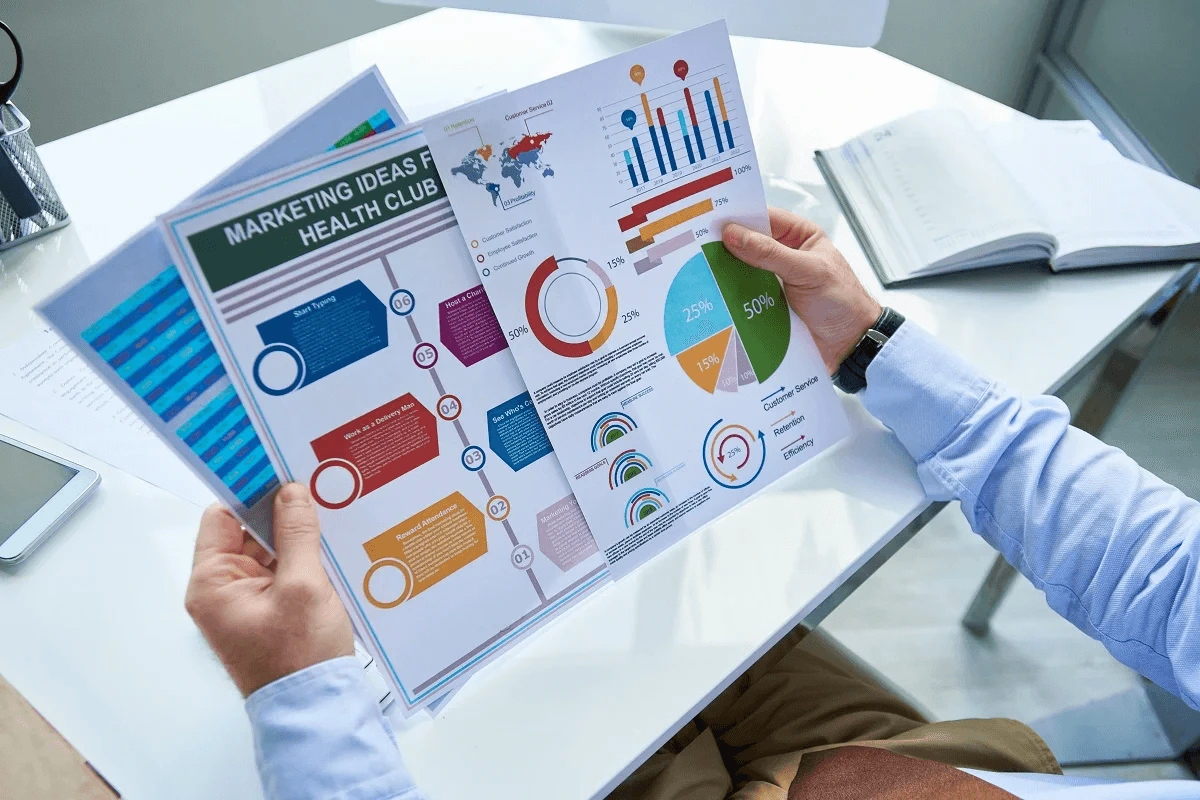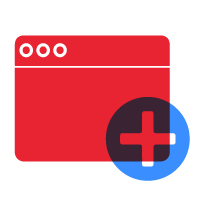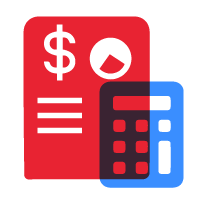As a business owner, it’s important to be aware of the different types of marketing collateral and how they can be used to support your sales and marketing efforts. Nevertheless, you must plan and gather the necessary resources if you want to succeed. With the appropriate tool for your target market, you may benefit from a slew of advantages such as lead generation, promotion of new goods and services, acquisition of new clients and retention of existing ones, and increased brand recognition.
Before anything else, however, do you want to know what a marketing collateral is? Here’s a guide of how mid- to large-sized business owners or managers like you may maximize its positive aspects to give your brand—and your business—a much-needed boost.

What is Marketing Collateral?
Marketing collateral is any kind of content that can be used to promote your business, including brochures, flyers, website content, and even social media posts. The goal of these materials is to support the sales process by providing potential customers with additional information about your products or services.
Though it helps to support your marketing and sales efforts, these promotional products serve different purposes for your various audience segments, depending on how far they are in the sales funnel. While a part of your audience is ready to buy, others are still weighing their options. So, it’s crucial for you to address each group with various tools fit for wherever they currently are in their journey.
What are Marketing Assets?
Marketing assets are materials and resources that can be used to support marketing activities. This can include anything from product brochures and website content to social media posts and email templates. Marketing collateral is often created by marketing teams or agencies and is designed to be used in a variety of ways to promote a company, its products, or services.
The most effective marketing assets are those that are well-designed and targeted to the right audience. For example, a product brochure should be visually appealing and contain information that is relevant to the reader. Similarly, website content should be well-written and optimized for search engines in order to attract visitors to the site.
Ultimately, the best marketing assets are those that are able to generate leads and conversions for a business. By investing in high-quality collateral, businesses can see a significant return on investment.
Types of Marketing Collaterals
Marketing collateral can be broadly divided into two categories: printed and digital materials.
- Printed collaterals are often used to generate interest in a product or service, and can be distributed in a variety of ways (e.g., through mailings, at trade shows, etc.).
- Digital collateral, on the other hand, is a type of collateral that is particularly effective in reaching potential customers who spend a lot of time online.
Businesses can also track the performance of digital collateral easier than printed collateral, allowing for more efficient adjustment and improvement of marketing campaigns over time.
With that being said, there are many types of marketing collateral that businesses can use to promote their products or services. Let’s see what they are.
Advertising Collateral
Marketing collaterals used in conjunction with an ad campaign are referred to as advertising collateral. Upon launch of the primary media campaign for a new product or brand, , advertising collateral is typically employed to engage with the target market and generate sales. This is distinct from ordinary advertising, which is typically used to introduce a new brand or product.
Examples of advertising collateral include: newsletters, blog posts, product catalogs and engagement emails or mailings
Promotional Collateral
A promotional piece of collateral is one that is used to increase demand for a product. It explains the resources you’ll utilize to generate awareness about your product and get people interested in buying it. A promotional collateral’s main objective is to expose potential buyers to your product and persuade them to buy it.
Examples of promotional collateral include: blog posts, eBooks, newsletter, brand stories, and visual contents (including videos and infographics)
Business Marketing Collateral
This type of marketing asset focuses on providing clients with what they need—whether they know what they’re looking for (transactional) or not (consultative). The goal is to make sure that the content gives clients value.
Examples of business marketing collateral include: brochures, landing pages, and pillar pages
Sales and Marketing Collateral
Fact sheets about the firm, biographies of the chief operating officer and other top management, company history, product information sheets, and corporate purpose statements are examples of this marketing asset. In order to inform the media, these kinds of marketing collateral are occasionally compiled into press kits.
Examples of sales and marketing collateral include: brand stories, videos, case studies, branded content, event magazines, and corporate magazines
Product Collateral
Product collateral is a catchall term for all marketing materials used to introduce and advertise a business’s goods or services. Product spec sheets, case studies, customer testimonials, and whitepapers are all examples of what is referred to as product or marketing collateral. While printed collateral was traditionally generated, electronic publication is becoming more and more popular.
Examples of product collateral include: case studies, digital reports, customer testimonials, and whitepapers
Brand Collateral
The assortment of media used to assist the sales and marketing of a good or service and promote the brand is known as brand collateral. It is the physical manifestation of the brand, created in keeping with its guiding principles and character.
Examples of brand collateral include: brand stories, customer and member magazines, branded content, videos, and proposals and presentations
How to Create a Successful Marketing Collateral
Here are a few tips for creating effective marketing collaterals:
1. Define your objectives.
You should have a firm understanding of your goals before designing marketing collateral. The crucial first stage in organizing the process is to know what you hope it will achieve and where you will employ it.
2. Keep your audience in mind.
Who are you trying to reach with your message? Your marketing collateral should be tailored to appeal to your target audience.
3. Make it visually appealing.
People are visual creatures, so make sure your marketing materials are easy on the eyes. Use high-quality images, clean fonts, and plenty of white space.
4. Include your branding.
To get the most out of your marketing collateral, which serves primarily as a means of communicating with your target market, you must include your branding into any collateral you produce. Add your brand’s logo, colors, taglines, and more.
5. Keep it concise.
Don’t try to cram too much information into one piece of collateral. Stick to the essentials and leave room for people to learn more on your website or through other channels.
6. Tell a story.
A great story can make even the most mundane product or service come alive. Use your marketing collateral to tell a compelling story about why your business is worth paying attention to.
In-house vs Outsourced Marketing Collateral
There is a greater grasp of your company and brand when creating marketing collateral in-house. Moreover, it responds to the demands of the sales team and expedites approvals. Nevertheless, this setup requires personnel resources as well as time.
Conversely, outsourcing marketing collateral saves time and money and has experts handle the process. Also, you may establish connections with experts. Yet, it requires a longer approval procedure.
Why You Should Outsource Your Marketing Collateral
Due to a lack of alternatives, the majority of businesses adopted outdated marketing strategies like printed brochures. Yet with time, so too have these tools transformed. The digital era has given marketers more methods than ever to reach customers.
Corporate branding is now important across a company, as are the products that support it. Using the right marketing tools will help your consumers see your company in the best possible light. Outsourced advertising, however, could be a smart choice if you and your team already have too much on your plate.
Here are some benefits of working with an offshore team for your marketing collateral:
1. Work with skilled experts.
Though sales and marketing are inextricably linked, they are two business functions that bridging a wide knowledge gap might cause failed campaigns and lost profit. When you outsource, you get to work with seasoned experts who’ve gotten digital marketing down pat.
2. Benefit from lesser cost and reduced risks.
Dealing with each channel and type of marketing collateral while focusing on the core aspects of your business can drain you. Hiring an offshore team frees you from the risks of mismatched marketing and saves you from having to recruit and train multiple staff.
3. Enjoy consistent and latest services.
Since selling marketing solutions is the income source of these outsourcing firms, you are assured of consistent and updated services. Moreover, hiring them will give you access to the latest tactics and tools that they use to outdo their rivals.
4. Staffing flexibility.
Companies with seasonal demand don’t have to worry about the cost of temporary staffing. Just request additional labor from your outsourcing partner when necessary.
5. Advantage in time zone.
Another advantage of encouraging companies to employ workers from abroad is the round-the-clock service. By outsourcing to a nation with a significant time difference, you may take advantage of 24-hour services. You won’t miss any leads because they are available all year round.
Hire Outsource-Philippines for Your Marketing Collateral Needs
It’s important to create stunning and efficient marketing collateral, particularly if you’re serious about building your brand or business. Marketing materials may improve consumer awareness of your brand and provide leads for your company. Why not use Outsource-Philippines (OP) as outsourcing offers more advantages? OP is more than simply an outsourcing firm; it finds great value in its marketing-savvy employees. Ideal for your needs in marketing collateral.
What are you waiting for? Use the services of a reputable company like Outsource-Philippines for content marketing to increase your chances of partaking in this success. We provide a variety of marketing products that have been prepared by our skilled content writers. Hire OP now and work together to launch your prosperous business career!







